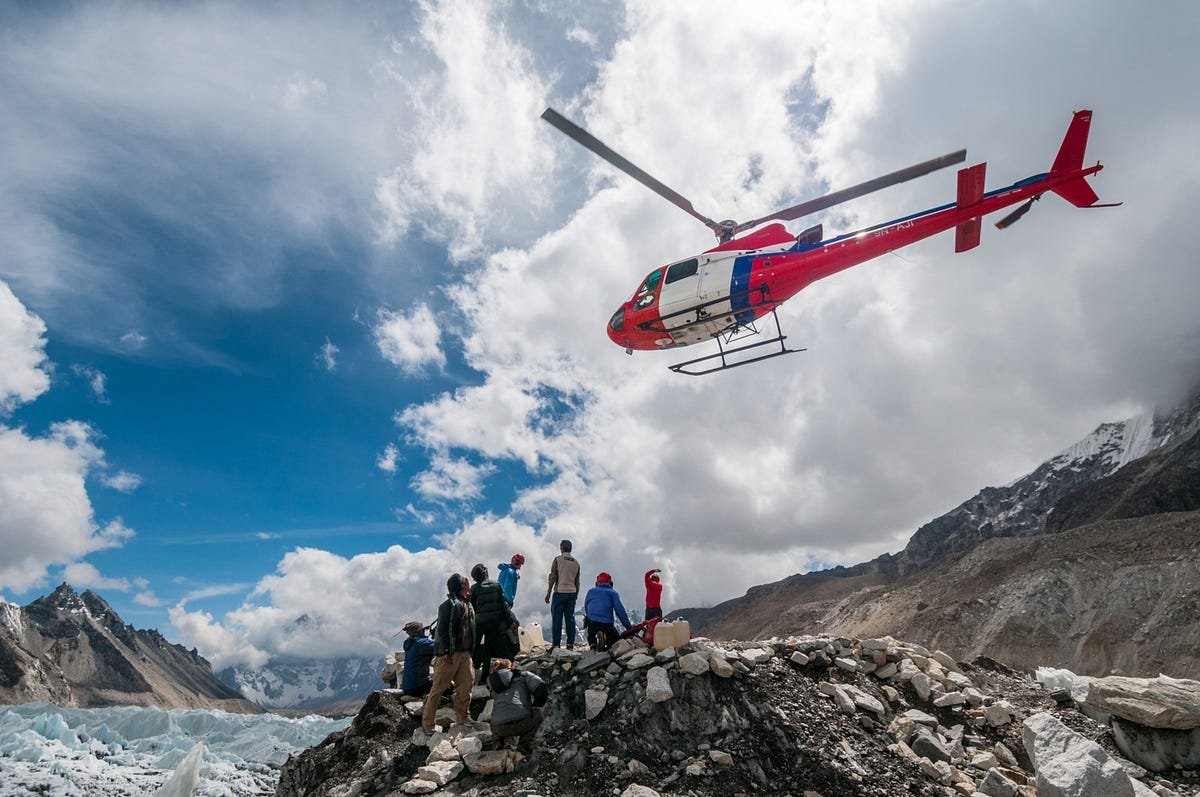The Day Everything Went Wrong: A Hiker’s Close Call That Changed My Perspective on Trail Safety | by 10 Parks in 10 Days | Jul, 2025

The morning started like any other hiking adventure. Coffee at 5 AM, gear check by headlamp, and the familiar excitement of hitting the trail before sunrise. I had planned a solo day hike in the North Cascades — 12 miles on what I thought was a well-marked trail. I had done longer hikes, had all the “essential” gear, and considered myself experienced enough to handle whatever the mountains threw at me.
I was wrong on almost every count.
By 2 PM, what should have been a straightforward loop had turned into something out of my worst nightmares. The trail markers I had been following weren’t for my intended route — I had somehow switched onto an unmaintained path that was steadily climbing into increasingly technical terrain. My phone had died hours earlier (lesson one: always bring a backup battery), and the weather was deteriorating faster than the forecast had predicted.
Then it happened. While trying to scramble down what I thought was a shortcut back to the main trail, I slipped on loose rock. The fall wasn’t dramatic — maybe eight feet — but it was enough. My left ankle made a sound I never want to hear again, and suddenly I found myself alone, injured, and completely disoriented in terrain I didn’t recognize.
Sitting there on that rocky slope, fighting back panic as the afternoon light began to fade, I realized how unprepared I actually was. Sure, I had water and snacks, but my “first aid kit” was basically Band-Aids and aspirin. I had no way to signal for help, no emergency shelter, and no real plan for what to do if things went sideways — which they very clearly had.
The next six hours taught me more about wilderness survival than years of casual hiking ever could. I fashioned a crude splint from my trekking poles and managed to create enough noise with my metal water bottle and hiking poles that a search and rescue team eventually heard me. The sound echoed off the canyon walls, and I kept up the rhythm every fifteen minutes, hoping someone would recognize it as a distress signal.
By the time the rescue team reached me — around 9 PM, with headlamps cutting through the darkness — I was hypothermic, dehydrated, and had learned some hard truths about my own overconfidence. The lead rescuer, a weathered woman named Maria, told me something as they prepared to evacuate me: “Most hiking emergencies aren’t caused by freak accidents. They’re caused by small mistakes that compound into big problems.”
She was right, of course. My emergency wasn’t caused by a single catastrophic event — it was the result of multiple small oversights. No backup navigation, inadequate first aid supplies, poor communication planning, insufficient weather preparation, and most critically, no real understanding of what to do when things go wrong in the backcountry.
The helicopter evacuation that followed was both humbling and eye-opening. As we lifted off from that remote mountainside, I watched the terrain below and realized how easily a simple day hike had turned into a complex rescue operation involving multiple agencies and significant resources. More importantly, I understood how different the outcome could have been with better preparation.
In the weeks that followed, while my ankle healed and I processed what had happened, I dove deep into learning about wilderness emergency procedures. I discovered there’s an entire systematic approach to backcountry safety that goes far beyond packing extra snacks and telling someone your plans. From proper emergency assessment techniques to signaling protocols, from wilderness first aid to evacuation procedures — there’s a whole world of knowledge that can mean the difference between a story like mine ending with a rescue helicopter, or not ending at all.
That experience fundamentally changed how I approach every outdoor adventure. Now, before every hike, I don’t just check the weather and pack my gear — I mentally prepare for what could go wrong and ensure I have the knowledge and tools to handle those situations. Because the reality is, the mountains don’t care about your experience level or your confidence. They only care about your preparation.
If my story sounds familiar, or if you’re realizing that your own hiking safety knowledge might have some gaps, I can’t recommend strongly enough taking the time to learn proper emergency procedures. The comprehensive approach I discovered after my accident covers everything from prevention and planning to emergency response and evacuation — knowledge that every single person who ventures into the backcountry should have. You can find all of this essential information in this complete guide to wilderness emergency procedures and safety protocols.

